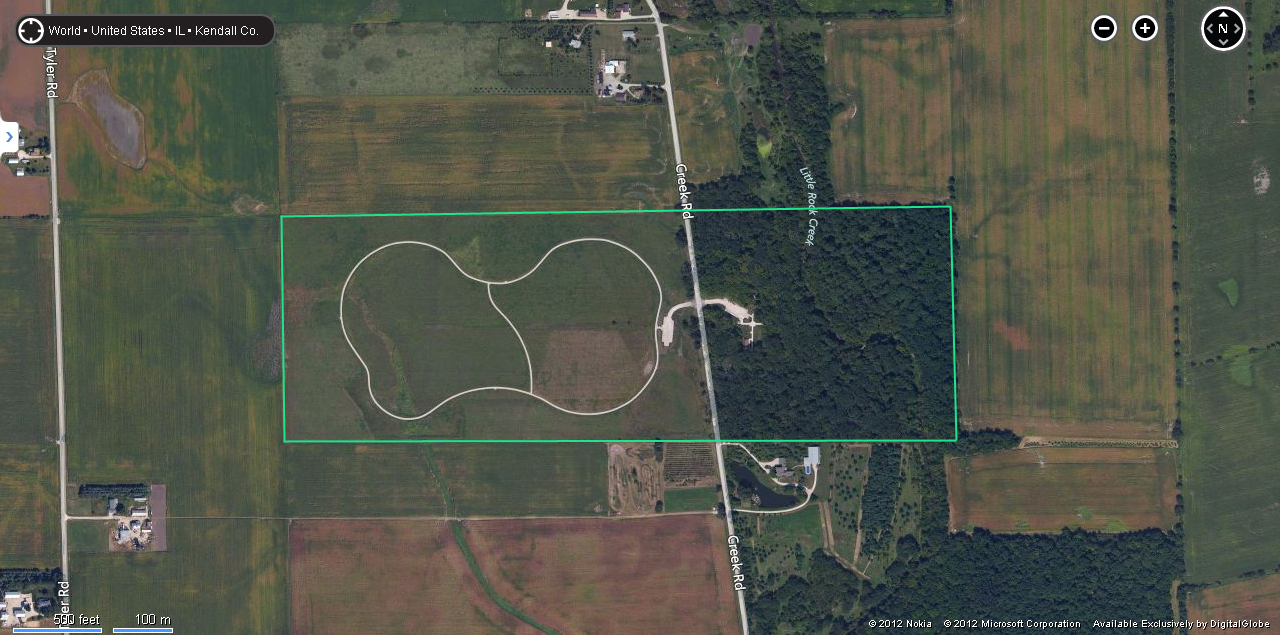
One of the brightest prairie flowers blooming right now is New England aster (
Symphyotrichum novae-angliae), here with the ellipsoid (egg-shaped) seed heads of grey-headed coneflower (
Ratibida pinnata), whose seeds, by the way, smell pleasant enough to rid your hands of snake musk if you ever happen to be looking to remove that particular odor from your hands.

Canada wild rye (
Elymus canadensis), big bluestem (
Andropogon gerardii), more grey-headed coneflower, with stiff and tall goldenrods (
Solidago rigida and
altissima) in the background.
 Jay Woods
Jay Woods is a charming little forest preserve in northwest Kendall County. The western half is a restored prairie while the eastern half is a remnant woodland through which the Little Rock Creek flows.

The Public Land Survey maps show stark lines between what they deem “timber” and “prairie,” but these lines would have been more blurred in reality, with a mosaic of oak openings in the transition from woodland to prairie. As an aside, in recently exploring these township plats, I’ve been amazed by the amount of woodlands that were cleared for agricultural purposes. Joel Greenberg notes in his wonderful book,
A Natural History of the Chicago Region :
:
“For many immigrants used to forest, there was a strong prejudice against treeless scapes; lands that were incapable of supporting trees could hardly be suitable for agriculture.” (pg 39)



